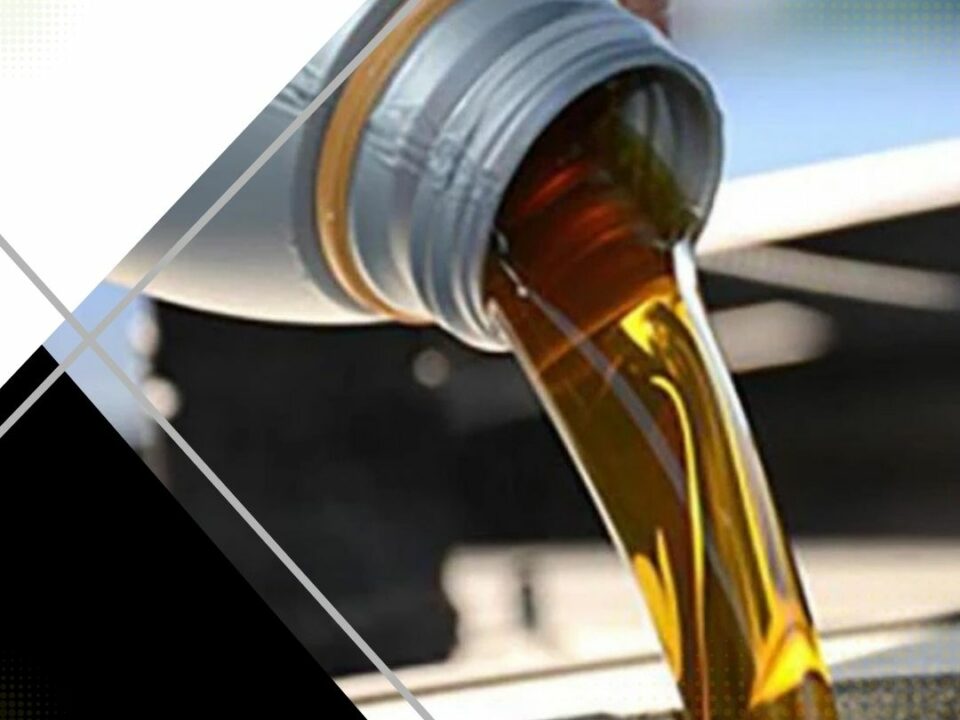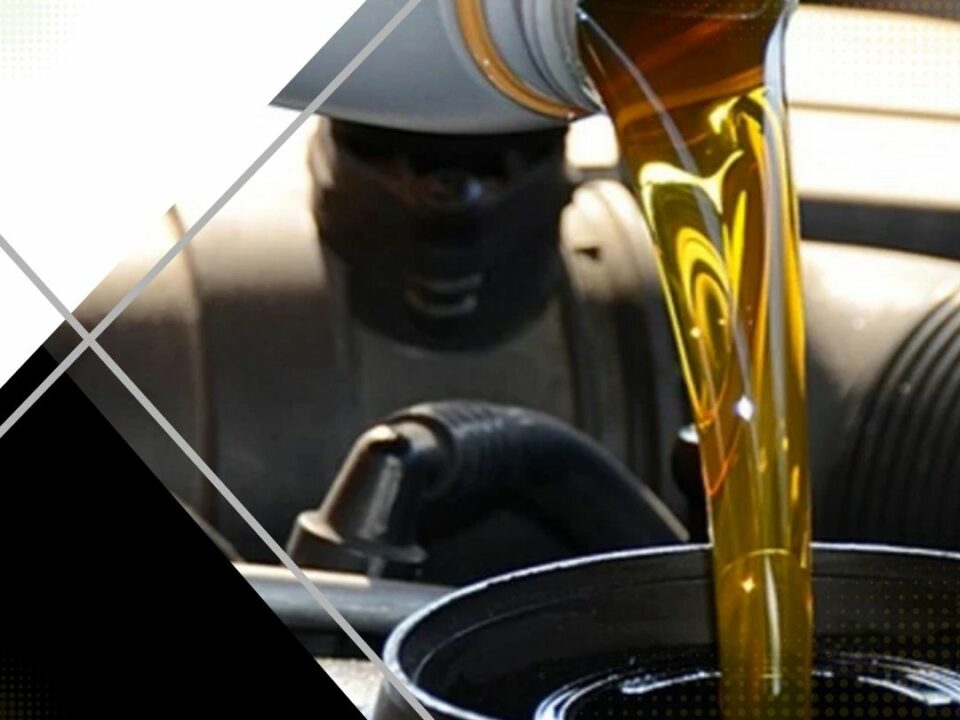
Mechanic Services: What to Expect During a Full Vehicle Inspection
October 10, 2024
Step-by-Step Guide to the Oil Change Process for Beginners
October 18, 2024Understanding the complete oil change process is critical for every car owner, not just for the sake of vehicle maintenance but also as a reflection of automotive culture and responsibility. From preparing the necessary tools and selecting an appropriate workspace to the intricate steps of warming the engine, draining the old oil, and replacing the oil filter, each phase demands precision and care. Additionally, the proper disposal of used oil underscores an environmental commitment that aligns with local regulations. For those looking to master this essential automotive skill, the nuances of each step reveal a deeper appreciation for vehicle longevity and communal respect among car enthusiasts.
Preparation and Tools
Proper preparation and the right tools are indispensable to efficiently performing an oil change on your vehicle. Ensuring a smooth and effective process requires a methodical approach that begins with gathering the essential tools: an oil filter wrench, a drain pan, a funnel, and the appropriate type and amount of motor oil as specified in your vehicle’s manual. An oil filter and a wrench set are also critical.
Beyond tools, consider the workspace. A level surface is preferable to prevent accidents and ensure accurate oil measurements. Cultural nuances can be seen in the ritualistic aspect of car maintenance, highlighting a shared commitment to vehicle longevity and performance. This communal aspect fosters a sense of belonging among car enthusiasts.
Select an environment that allows for proper disposal of used oil, adhering to local regulations. This not only demonstrates environmental responsibility but also aligns with the ethical practices upheld by the community.
Step-by-Step Oil Change
When performing an oil change, initiating the process with a systematic approach ensures both efficiency and safety. Begin by warming up the engine for a few minutes; this makes the oil less viscous, facilitating smoother drainage.
Park the vehicle on a level surface and engage the parking brake. Using a jack and jack stands, elevate the car to access the oil pan.
Next, locate the oil drain plug beneath the engine. Position an oil drain pan under the plug to collect the used oil. Carefully unscrew the drain plug using a wrench, allowing the oil to drain completely, which should take about 10-15 minutes. Once drained, replace the drain plug securely.
Move on to the oil filter, typically situated near the oil pan. Use an oil filter wrench to remove it, taking care to catch any residual oil.
Lubricate the gasket of the new filter with a bit of fresh oil before installing it by hand, ensuring a snug fit without overtightening.
The complete oil change process epitomizes essential vehicle maintenance, blending technical expertise with a methodical approach. What better way to ensure vehicle longevity and community engagement than mastering this ritual? Proper preparation, precise execution, and adherence to environmental protocols safeguard both the car and the planet. This practice not only enhances vehicle performance but also fosters a sense of responsibility and pride among car owners. Thus, the oil change process remains a cornerstone of automotive care.




